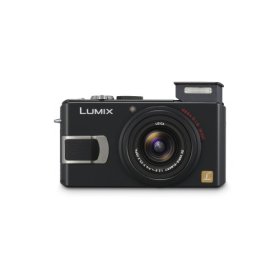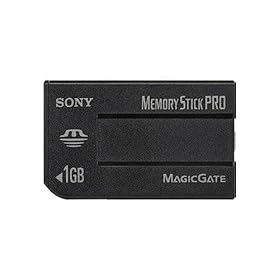
Popular Photography has a nice review of the new Point and Shoot from Panasonic, the Panasonic Lumix DMC-LX2. Overall, they seem pretty impressed with it. From the article:
This is a compact for control freaks. Besides aperture- and shutter-priority modes, it offers full manual, with shutter speeds from 1/2000 to 60 sec and a very useful screen graph showing over- or underexposure. It can bracket exposures, too. Scene modes include Night Portrait, Starry Sky, Soft Skin, and even Food. And in autoexposure mode, there’s a backlight compensation feature that works even without the flash popped up.
Even more impressive to me is the capability of capturing in RAW format on a point and shoot. At just over 400 bones, you get quite the package for the price of admission.


 The
The 

